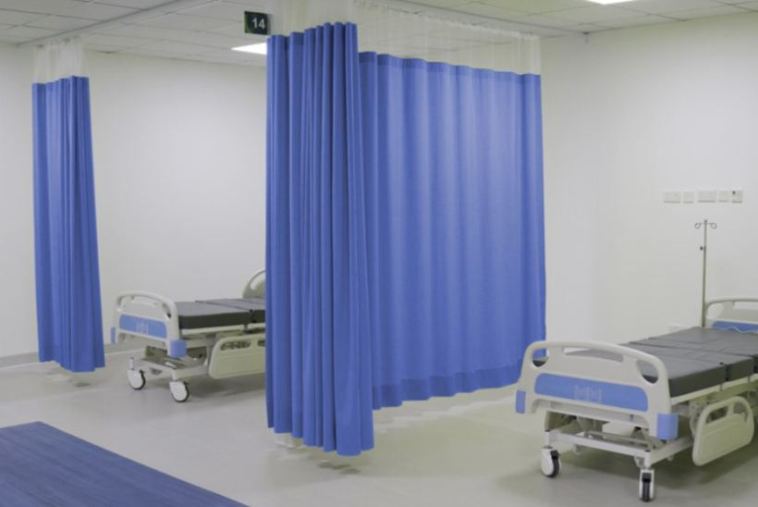- Like
- SHARE
- Digg
- Del
- Tumblr
- VKontakte
- Flattr
- Buffer
- Love This
- Save
- Odnoklassniki
- Meneame
- Blogger
- Amazon
- Yahoo Mail
- Gmail
- AOL
- Newsvine
- HackerNews
- Evernote
- MySpace
- Mail.ru
- Viadeo
- Line
- Comments
- Yummly
- SMS
- Viber
- Telegram
- JOIN
- Skype
- Facebook Messenger
- Kakao
- LiveJournal
- Yammer
- Edgar
- Fintel
- Mix
- Instapaper
- Copy Link
Introduction
There is strong demand for both infection control and patient privacy in hospitals. Staff needs a way to handle large volumes of patients while still adhering to infection control protocols. One way hospitals have been able to accommodate surges is by using hospital privacy screens.
Privacy screens, privacy panels, or medical screens are tools used to organize facilities and create patient privacy. A privacy screen is a frame with panels made of fabric, plastic, or other non-porous materials.
Medical facilities prefer plastic or non-porous privacy screens as they can be sanitized using a disinfectant. Privacy panels may be moved using casters or, for permanent installation, attached to a wall.
Hospital privacy screens act as a physical barrier to prevent the spread of diseases from one patient to another by blocking airborne droplets. When a privacy screen is not in use, it can be collapsed or folded away for easy storage.
Types of Hospital Privacy Screens
There are multiple types of hospital privacy screens available. Some of the most common hospital privacy panels include the following types:
1. Mobile Privacy Screens
The mobile hospital privacy screen includes casters, so the entire privacy screen can be moved as needed. This is particularly useful in areas with high patient turnover, such as the emergency room.
2. Fixed Privacy Screen
The fixed privacy screen is mounted onto the wall. This permanent solution typically includes wall brackets and is often used in patient rooms that must be converted from one patient to two patients.
3. Portable Privacy Screen
A portable privacy screen may be a single or multiple panel screen used in addition to a hospital curtain or other privacy screen. Portable privacy screens are lightweight and stored with ease. Portable privacy screens are especially handy when bathing patients or changing their clothes.
4. 3-panel Privacy Screen
A three-panel privacy screen includes three panels that may be adjusted as needed to create additional privacy for the patient. Three-panel privacy screens are lightweight and easy to store.
5. Room Divider
A room divider or room partition is a privacy screen placed in a room to divide it into multiple areas. Room dividers may be a folding divider or accordion-style privacy curtain.
6. Modular Privacy Screen
Multiple modular privacy screens can be placed next to each other to create a wall, cubicle, or room. Modular privacy screens are often used in emergency rooms.
Privacy Screen Considerations
When selecting the best hospital privacy screen for your space, consider the size needed, how it will be used, storage options, whether the screen must complement the room’s design, and how long you would like it to last.
The Bottom Line
There are a wide variety of hospital privacy screens that can create patient privacy and help control the spread of infections. The best hospital privacy screen for your facility meets your budget and long-term health needs. Add a hospital privacy screen to your business today to improve the patient experience.
See also:


